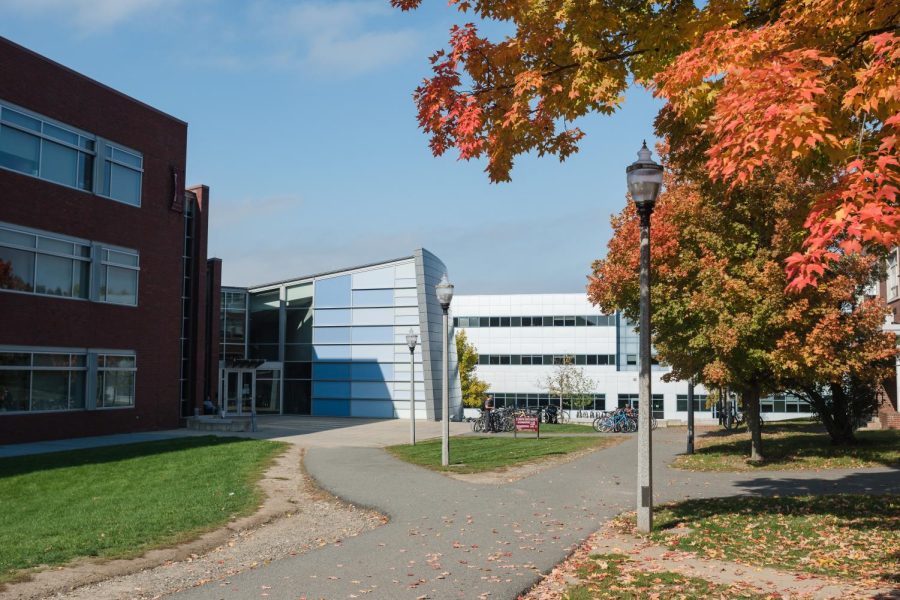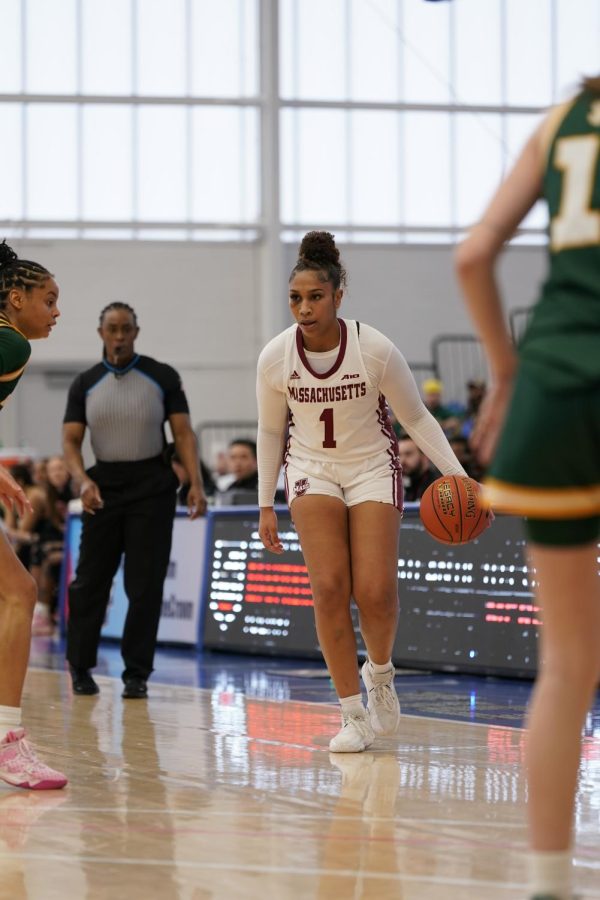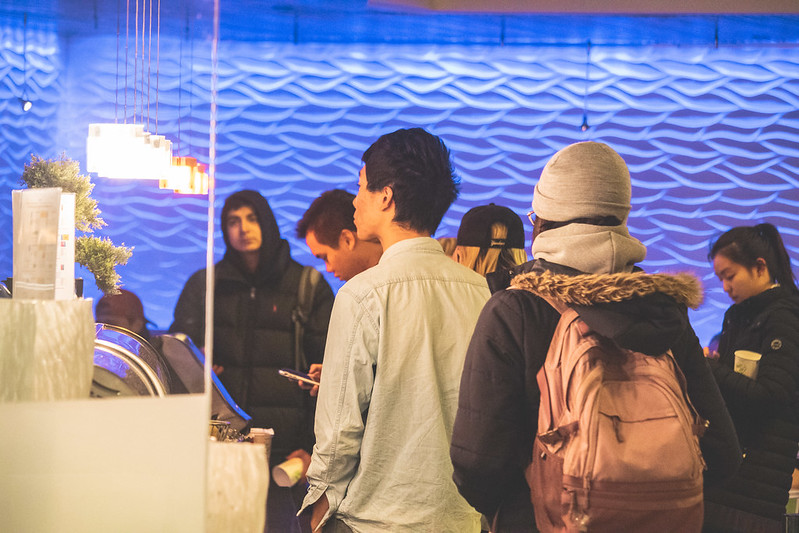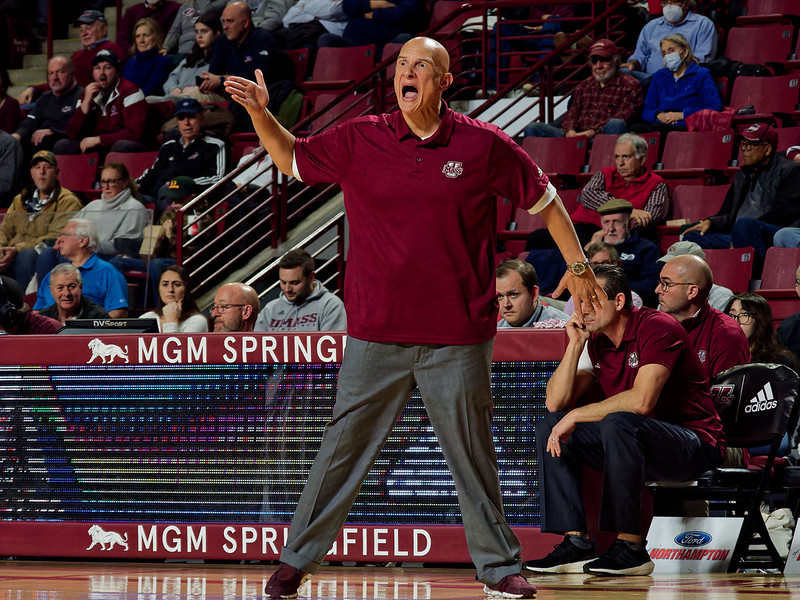This year marks the 75th anniversary of the University of Massachusetts’ College of Engineering, founded in 1947.
The college celebrated with a series of special events and lectures and a reception ceremony, as well as a historical exhibit called “Engineering @ 75.” The exhibit will be on display in the Science and Engineering Library, located in Lederle Graduate Research Center, until the end of the year.
Originally founded as the School of Engineering, the college was led by Dean George Marston and had an admitted class of 549 students. In 1970, the Main Engineering Building was renamed Marston Hall. There are now more than 2,000 undergraduate and 600 graduate students enrolled in the college.
At the dedication ceremony, Dean Marston made remarks about the beginning of the college, noting in his speech that, “engineering did not develop on this campus the way it did at the other land grant colleges … But after World War II, the returning G.I.’s were technically-oriented and UMass got its big impulse in this field.”
Over the past several decades, some of the college’s signature achievements have included the founding of the Wind Energy Center by Professor William Heronemus in 1972 and the creation of the Minority Engineering Program in 1973, which eventually merged into the Office of Diversity, Equity and Inclusion.
“At that time it was really one of the earliest programs focused on recruiting underrepresented minorities into engineering,” Dr. Sanjay Raman, who has been dean of the college since 2019, said. “There was some of the earliest work in women in engineering [happening] at this campus. So, the DNA of this campus in terms of social justice and diversity was very early on happening in engineering.”
Director of Communications Heather Demers has been working at the college for 25 years and led the planning for “Engineering @ 75.”
“I arrived just after we celebrated the 50th [anniversary] for the College of Engineering, and my first day of the job was at homecoming and I was seated with George Marston,” Demers said.
Despite knowing that few will probably be interested in the history of the college, Demers hopes that students will take “those few moments of walking through the exhibit just a little bit, to remind them how great we are.”
Over the past 25 years, which Demers refers to as the “new generation,” the college has been defined by its interdisciplinary work, a recent example being the founding of the Elaine Marieb Center for Nursing and Engineering Innovation in 2021.
“We’ve seen an incredible amount of growth on campus, but most of that shows how we work in a more interdisciplinary fashion, and so that’s what this new generation has done,” she said. “We’ve really looked at the research and how we can work together to tackle society’s greatest challenges.”
The College of Engineering ranks as the No. 1 public engineering college in New England and has developed a strategic plan to reach the goal of being placed among the top 25 in the nation.
“Reflecting on where the college has been and where it’s going is our focus. And really looking to the future, that we’ve been inspired by these achievements, the best is yet to come I’d say,” Raman said,
Kami Nguyen can be reached at [email protected] and followed on Twitter @kamihnguyen.



















